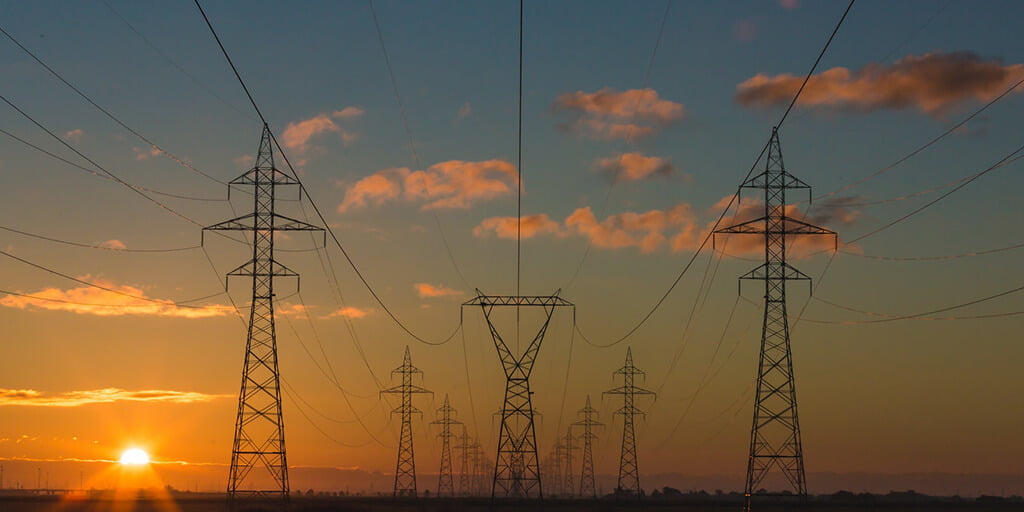Battery Energy Storage Will Change Grid Resiliency For The Future

According to the Advanced Science Research Center “grid [in the US] may need an additional 5.3% to 12% of power-generating capacity to meet demand and reliability requirements.” It is a widely acknowledged fact that the cost of adaptation and lack of grid resiliency, due to the increased adoption of intermittent renewables like solar and wind, will compound the costs not only in the US and Canada, but across the world. Areas prone to extreme weather events, ageing infrastructure, and a spike in electricity consumption will be affected the most.
Currently, governments are creating favorable regulatory frameworks and providing incentives for renewables and energy storage to mitigate these risks and costs. These regulations are laid to make the grid, and commercial, industrial, and institutional businesses and organizations more resilient and sustainable while reducing the energy costs.
Energy Storage is the Answer to Grid Resiliency
Battery energy storage systems (BESS) like TROES’ have a simple premise: store electricity during off-peak times and release for usage when the load increases to save energy bills and bring stability. Energy storage comes with a range of benefits such as peak-shaving, demand response, smoothing output, back-up power, and much more. Commercial and Industrial businesses need to have constant and stable power to run their operations as efficiently as possible, so energy storage gives businesses a peace of mind.
For businesses, key considerations in an energy storage system include: modular systems to meet their business energy needs, battery chemistry like Lithium-Iron-Phosphate for safety, and robust battery management systems to run the BESS to maximize efficiency. However, what seemed in previous years a luxury for big businesses, energy storage is becoming central to how businesses operate and utilize energy due to the rapid decline in battery cost, increased government push to renewables and EVs, and adverse weather events.
Energy storage to Support Increasing Demands on the Grid
COVID-19 has certainly accelerated the transition to zero or low carbon future in Canada as highlighted in the Throne Speech. Low carbon or net-zero buildings, EVs, renewables, etc., are all taking us to an environmentally friendly grid, but at the same time these new programs will increase the burden on the gird.
Bloomberg NEF estimates that the EV adoption rates and energy demand from charging will increase the global electricity demand by 5.2% or 1,964 TWh by 2040. By NRCAN’s reporting, the Canadian Federal government is aiming to reaching 10% of light-duty vehicles (LDV) sales per year by 2025, 30% by 2030 and 100% by 2040. There will be an increase in strain on the grid due to increase in EV’s and EV charging stations without the required energy supply. TROES is tackling this problem by offering turnkey solutions, combining proprietary energy storage technology with solar and high-powered EV chargers, thus creating a more sustainable and greener EV charging infrastructure and a robust grid.
Energy storage to Mitigate Adverse Weather Situations
Another reason for grid resiliency is the increasing frequency of climate induced extreme weather events leading to blackouts, for instance the on-going wildfires in California. For such situations, energy storage integrated with renewables can create microgrids to provide emergency power, while in normal conditions, the installation can provide grid support with frequency and voltage regulation applications.
One such example is the lithium ion batteries installation project in Dominican Republic grid in September 2017. The project helped the national grid stay operational even when 40% and 55% of power plants were off line during major hurricanes, while also mitigating the risk of outages. (Source: Renewable Energy Caribbean, 2018).
Grid resiliency is important now more than ever. A resilient grid of the 21st century means multiple green energy sources, energy storage, and decentralization. TROES is helping utilities with grid congestion alleviation, electricity quality management and businesses in the commercial and industrial sectors to enjoy the benefits of demand-response, peak shaving, and smoothing output. With the proliferation of energy storage technologies, utilities and governments can future proof their infrastructure, thereby reducing costs, and creating a more sustainable and reliable grid.






